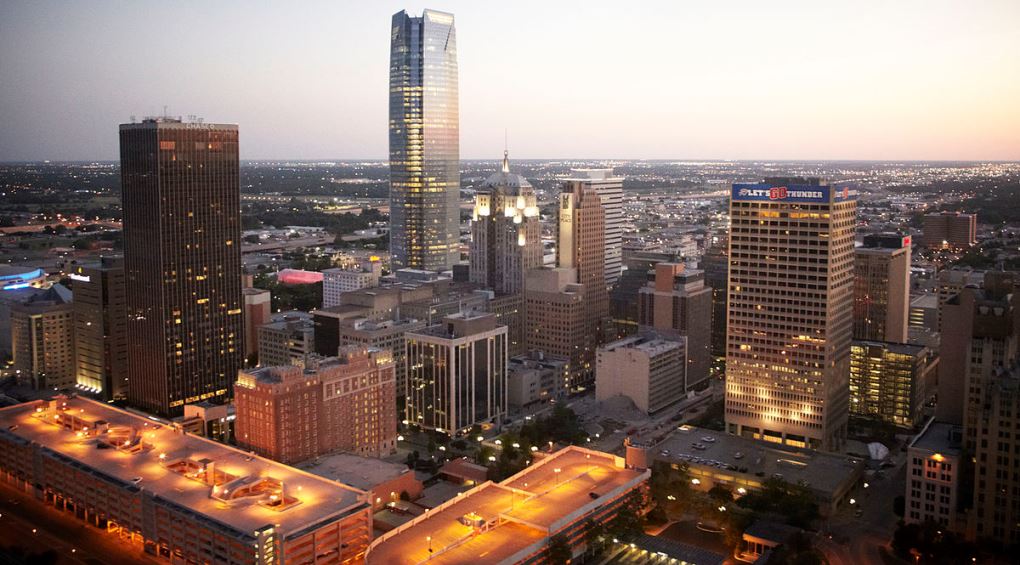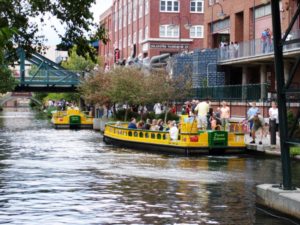Oklahoma City is the capital and largest city of Oklahoma. It’s the 27th largest city in the United States, with a population of around 650,000.
Oklahoma City resident Helen Swope considers herself a traditional Republican, skittish about paying higher taxes for what can seem like the ever-growing role of government.
But after the city spent hundreds of millions of dollars creating new parks, bicycle trails, elite recreational facilities and a soon-to-be-completed streetcar network, Swope thinks the state government, federal government and other cities could learn something from Oklahoma City’s former 4-term mayor, Mick Cornett, who is now a leading Republican candidate for governor.
“The whole city has been transformed,” said Swope. “You get a lot of promises a lot of the time and nothing happens, but now there were a lot of promises and things happened.”
Cornett was elected mayor in 2004. In 2009, he campaigned aggressively for a 1-cent increase in the sales tax to fund $771 million in projects that would revitalzie the economy and boost quality of life.
That sales tax revenue paid for a $228 million downtown convention center and nearby 70-acre park, plus a 7-mile streetcar system that connects downtown with inner-ring suburbs that have themselves been densified and revitalized with new apartments and condominiums. Another $45 million was spent constructing a man-made whitewater rafting and kayaking center along the waterfront, the first of its kind in the heart of an American city.
Downtown Oklahoma City was depopulated in the early 1980s, due to over-dependence of the boom-and-bust dynamics of the oil industry. Both the economy and population of the central business district (CBD) have been growing strongly of late. This has been due to enlightened public leadership, which has repurposed, renewed and reconnected (AKA, the 3Re Strategy) the city’s natural and built assets.
The centerpiece of downtown is the newly-renovated Crystal Bridge and Myriad Botanical Gardens, one of the few elements of the brilliant (I.M.) Pei Plan to be completed. In 2021 a massive new central park will link the gardens near the CBD and the new convention center to to the North Canadian River, as part of a massive public works project known as Core to Shore. The new park is part of MAPS3, a collection of civic projects funded by that 1-cent temporary (seven-year) sales tax increase.
As a result of this rebirth from the desolation of the broken fossil fuel economy, many Oklahoma City residents have realized that merely reducing government expenditures is not a road to progress: it merely leads to stagnation. “We are just weary of doing nothing in our state,” said Michael Dotson, who—with his wife Victoria—moved from the sterile suburbs to the newly-revitalized downtown when they retired. “And we think we have the possibility of doing incredible things.”
As the legendary Supreme Court Justice Oliver Wendell Holmes said. “Taxes are the price we pay for civilization.” They are also the price we pay to kick-start revitalization. Once confidence in a place’s future has been restored, private investments will accelerate and continue the regeneration, but it usually takes public investment to get that ball rolling.
With more Republican leaders like Mick Cornett, the revitalization of America can begin, after two decades of putting political party ahead of public welfare.
Photo of downtown Oklahoma City courtesy of Greater Oklahoma City Chamber of Commerce.


